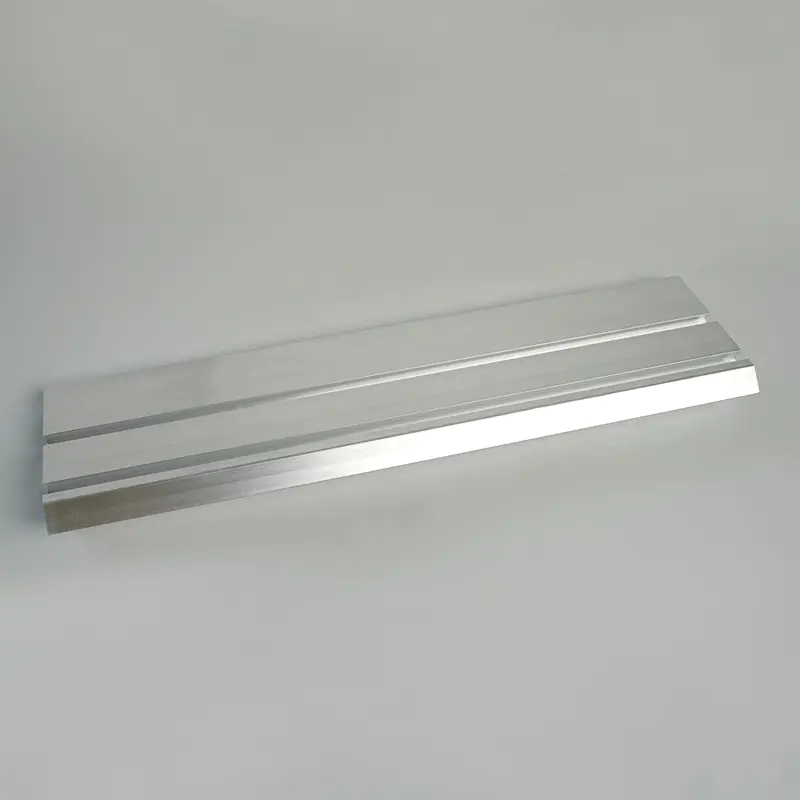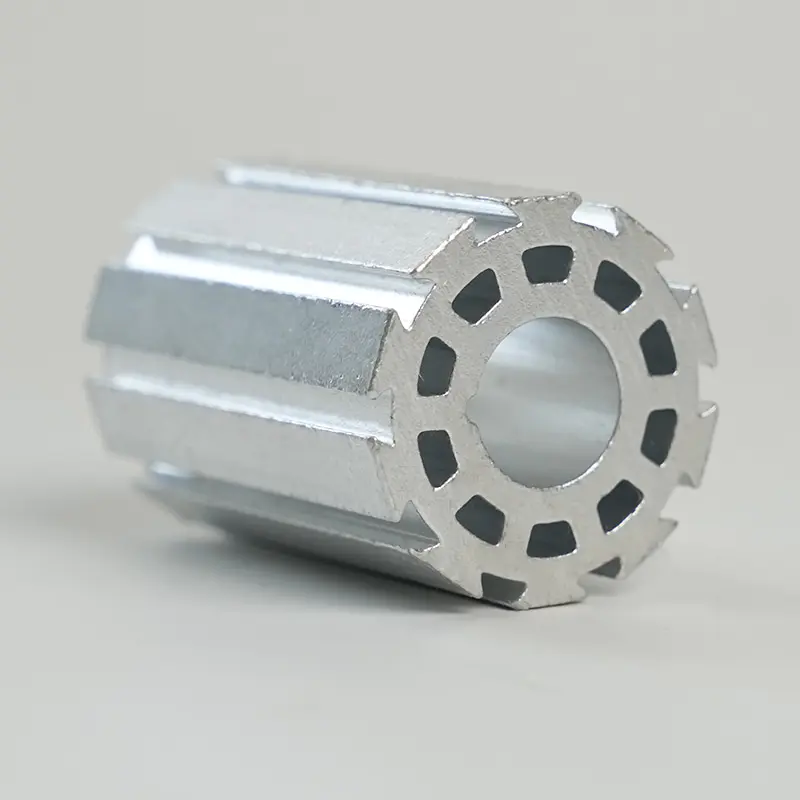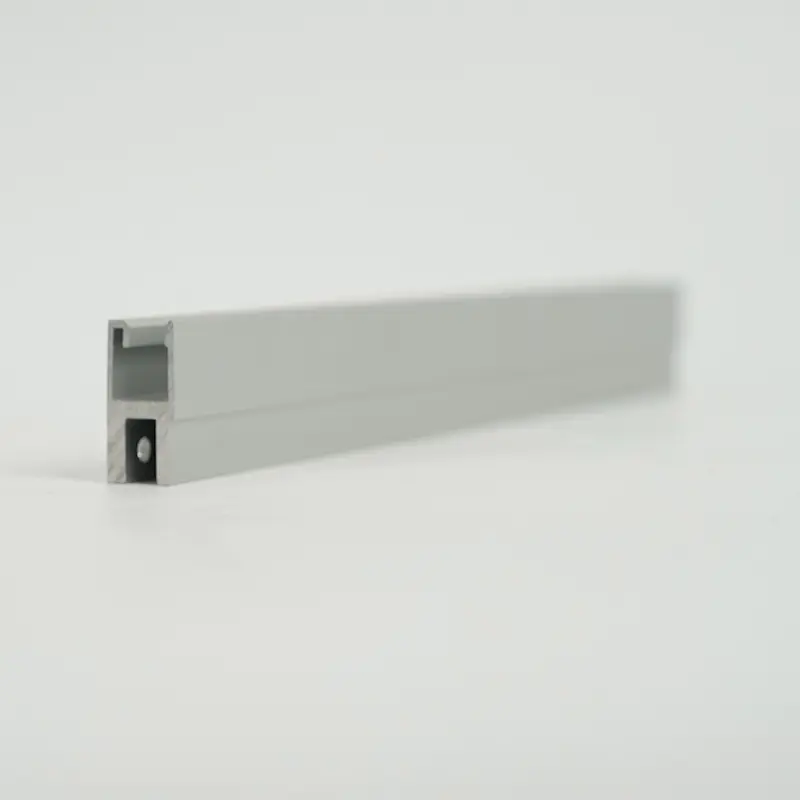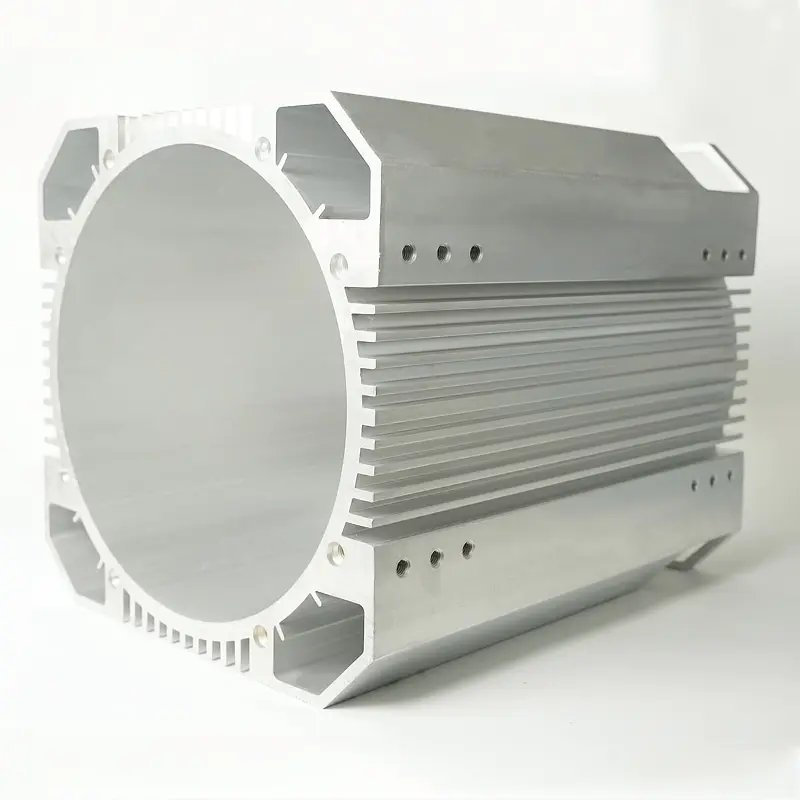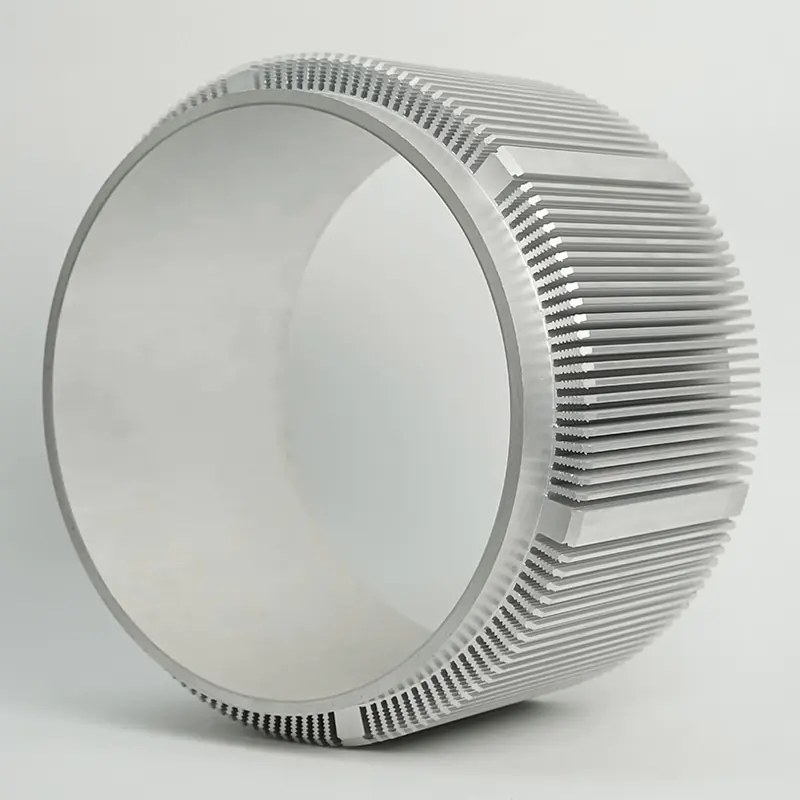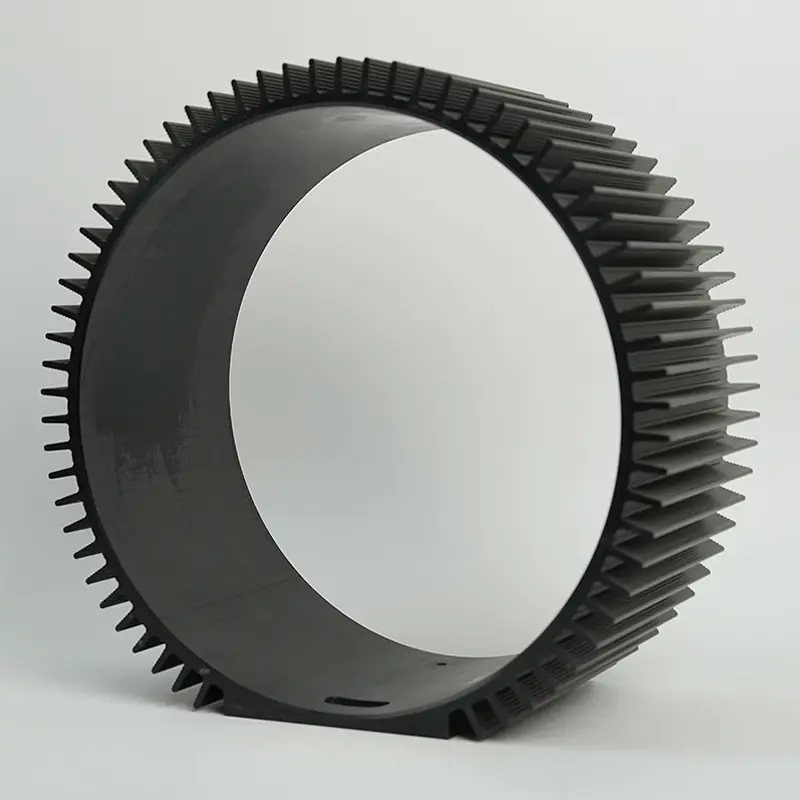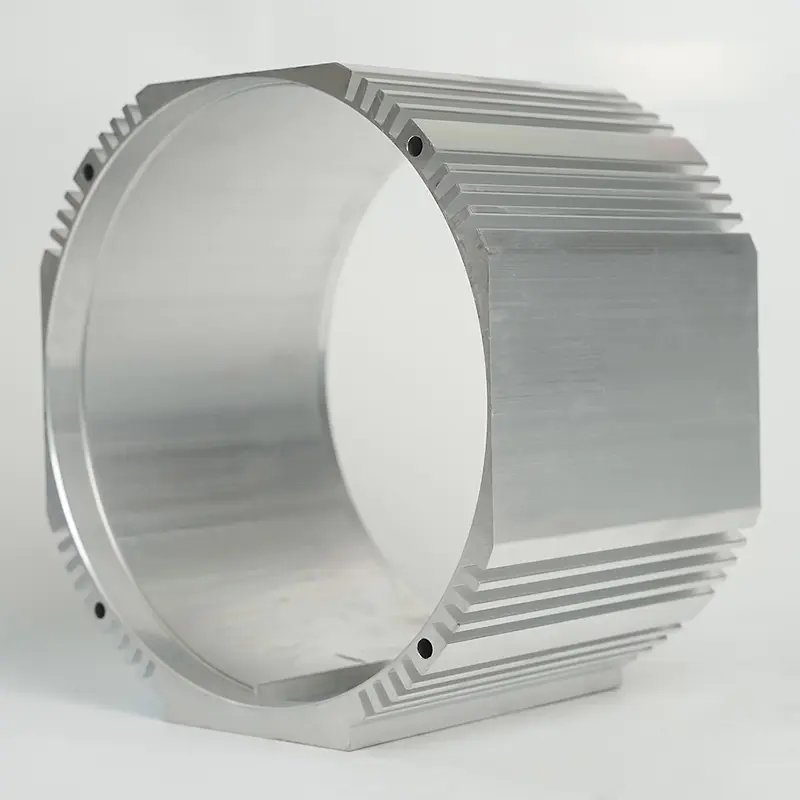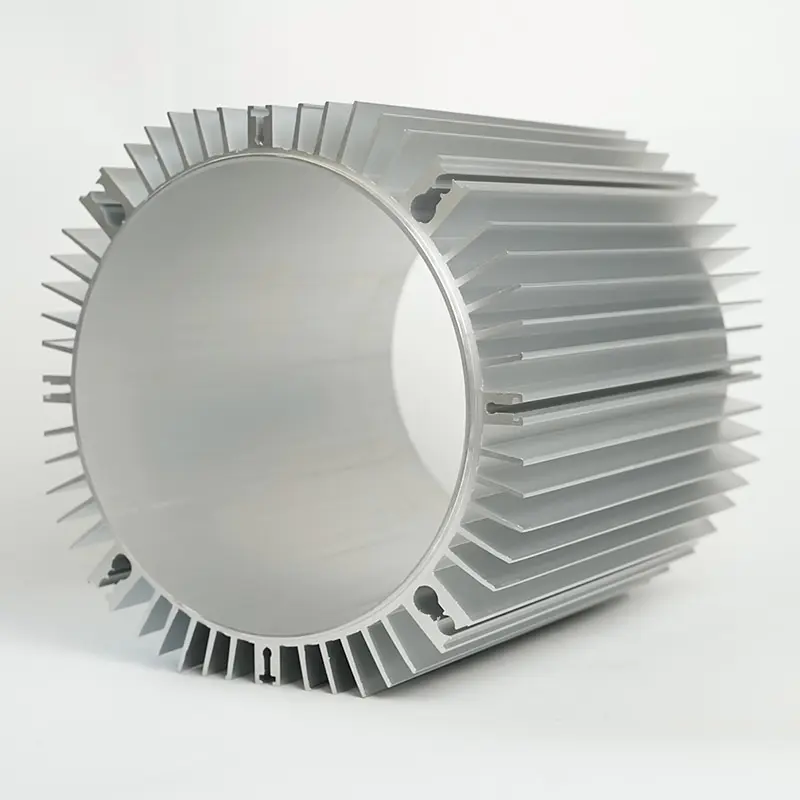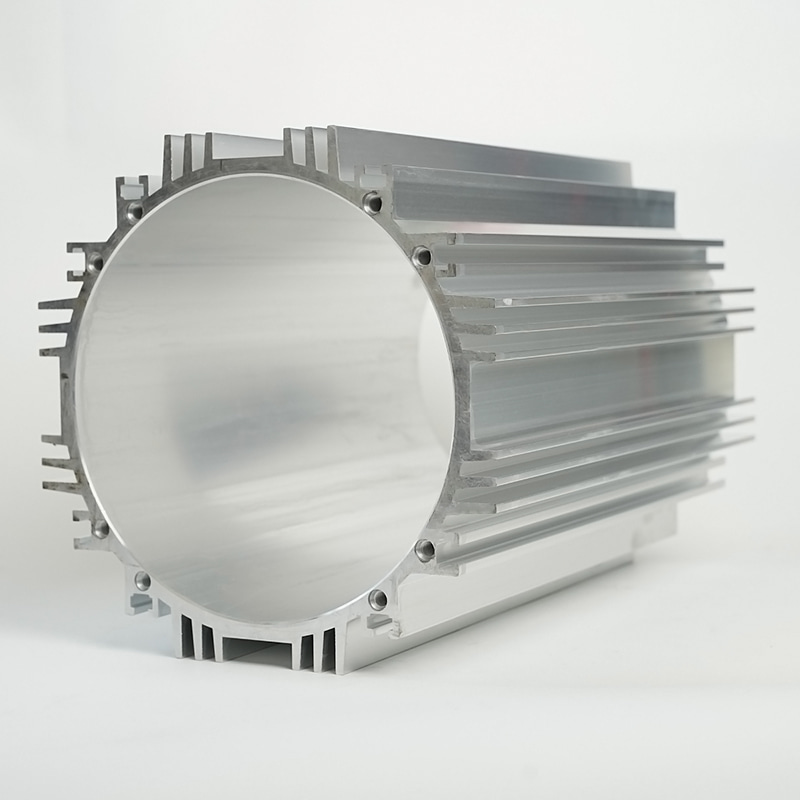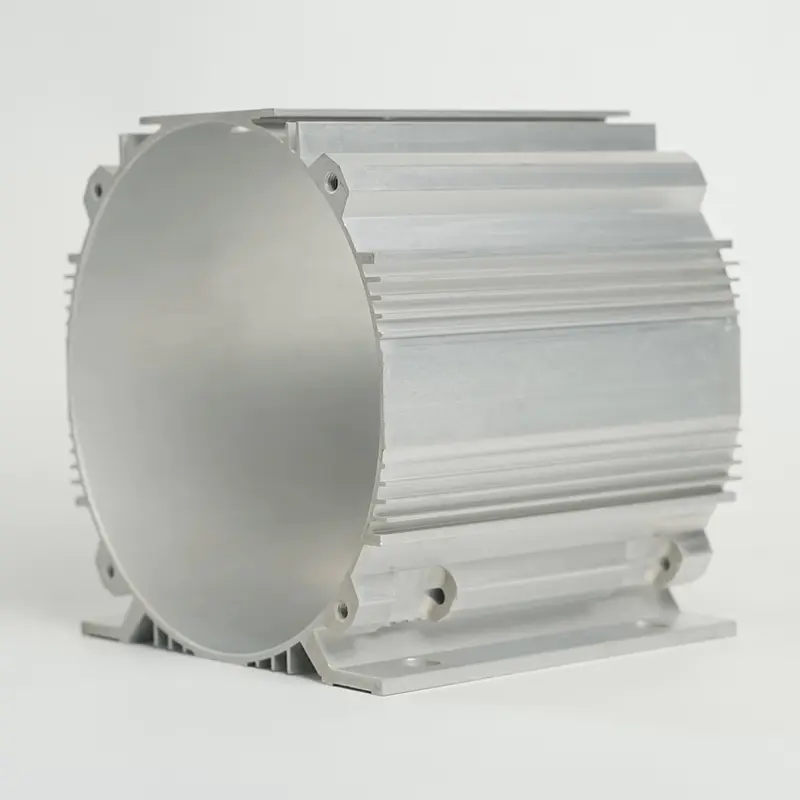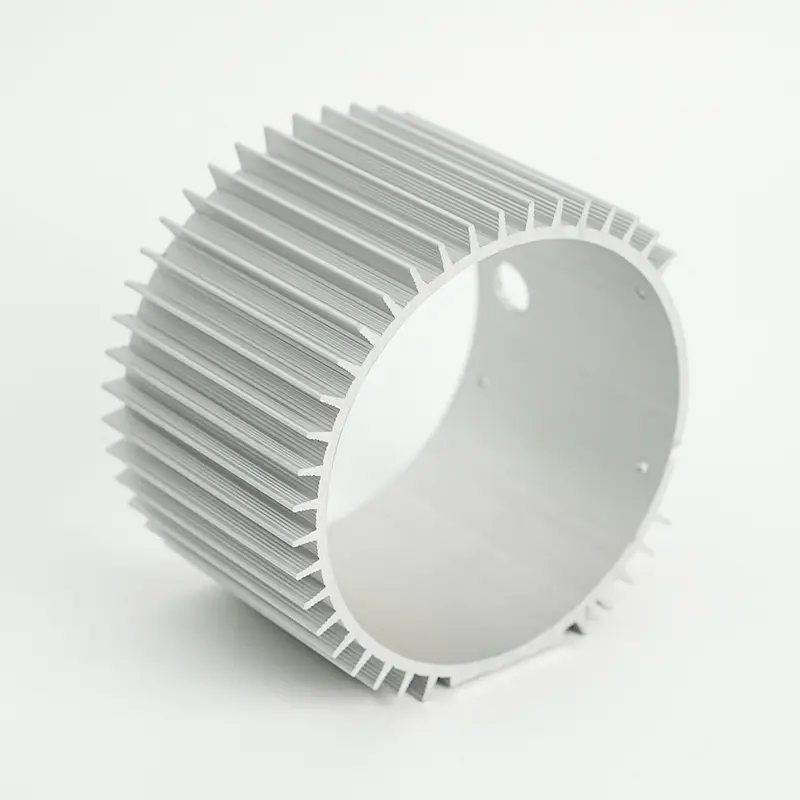In modern energy storage systems, the charging and discharging efficiency of batteries is directly related to the working performance of the entire system. As the core of energy storage, how to optimize the charging and discharging process of batteries and improve efficiency is the focus of current technical research. The performance of batteries depends not only on their internal structure and chemical composition, but also on external factors, especially temperature control. Temperature fluctuations not only affect the charging and discharging efficiency of batteries, but may also accelerate the decline of batteries. Therefore, how to effectively control battery temperature has become the key to improving battery performance. The design and application of Energy Storage Heat Sinks Housing is to solve this problem and optimize the charging and discharging efficiency of batteries.
1. The influence of temperature on battery charging and discharging efficiency
The battery will generate a certain amount of heat during the charging and discharging process. If this heat accumulation cannot be dissipated in time, the internal temperature of the battery will rise, which will affect the chemical reaction process of the battery. Too high a temperature will cause the electrolyte inside the battery to age faster, affecting the capacity and service life of the battery; while too low a temperature will cause the chemical reaction rate of the battery to slow down, which will affect the charging and discharging efficiency of the battery.
When charging, if the battery temperature is too high, the battery may automatically enter the protection mode, reduce the charging speed, or even stop charging, resulting in a decrease in charging efficiency; if the battery temperature is too low, the charging process will become unstable, and the battery may not reach the optimal charging state, resulting in a waste of power. Similarly, during the discharge process, excessively high or low temperatures will cause fluctuations in the battery output power, affecting the stable output of the battery.
Therefore, how to maintain the operating temperature of the battery within the optimal range through effective heat dissipation management has become the core task of improving the battery charging and discharging efficiency.
2.Energy Storage Heat Sinks Housing provides efficient heat dissipation solutions
Energy Storage Heat Sinks Housing is a solution specifically designed for battery thermal management. Its design goal is to help the battery maintain a stable operating temperature through efficient heat dissipation. Through this design, the temperature fluctuations of the battery during the charging and discharging process are effectively controlled, thereby improving the efficiency of charging and discharging.
The heat dissipation system quickly removes the heat generated in the battery through thermal conductive materials, and quickly transfers the heat to the surrounding environment through a special structural design to prevent the battery temperature from being too high. Compared with traditional thermal management technology, Energy Storage Heat Sinks Housing can maintain the compactness of the system while improving heat dissipation efficiency and reducing the space occupied by heat dissipation.
By reducing the accumulation of heat, Energy Storage Heat Sinks Housing effectively prevents drastic fluctuations in the internal temperature of the battery, allowing the battery to maintain a more stable temperature during the charging and discharging process. This temperature stability ensures that the battery can charge and discharge in the best working state, thereby improving the efficiency of charging and discharging.
3. The impact of heat dissipation on fast charging and discharging
With the increasing demand for energy storage technology in electric vehicles, renewable energy and other fields, the charging and discharging speed of the battery has become an important performance indicator. Especially in occasions where fast charging and discharging is required, how to ensure that the battery completes the charging and discharging operation in a short time while maintaining good efficiency and stability is the key to improving battery performance.
During the fast charging and discharging process, the battery will quickly generate a lot of heat. If there is no effective heat dissipation design, the temperature of the battery will rise sharply, resulting in a serious loss of charging and discharging efficiency. Energy Storage Heat Sinks Housing can export the heat generated by the battery in time through its efficient heat dissipation capacity, ensuring that the battery will not overheat during the charging and discharging process, thereby avoiding the decrease in charging and discharging efficiency caused by overheating.
Especially under high-power charging and discharging operations, the heat dissipation effect of Energy Storage Heat Sinks Housing is particularly important. Good heat dissipation can ensure that the battery maintains a stable temperature during rapid charging and discharging, and minimizes efficiency losses caused by excessive temperature. This not only helps to improve the efficiency of battery use, but also ensures the efficient operation of the entire energy storage system.
4. The impact of stable temperature on battery life
Temperature management not only affects the charging and discharging efficiency of the battery, but is also closely related to the battery life. Batteries that operate in a high-temperature environment for a long time will accelerate the degradation of their electrolytes and internal materials, thereby shortening the battery life. On the contrary, a suitable temperature range can effectively delay the aging of the battery and extend its service life.
The efficient heat dissipation function of Energy Storage Heat Sinks Housing can help the battery stay within a suitable operating temperature range and reduce the damage to the internal structure of the battery caused by excessive temperature. Through the optimization of temperature control, the battery can not only maintain efficient energy conversion during charging and discharging, but also reduce the negative impact of temperature on battery life.
Extending battery life is critical for energy storage systems, especially in systems that need to operate for a long time. Through effective thermal management, Energy Storage Heat Sinks Housing helps the battery slow down the internal degradation caused by temperature, thus greatly extending the battery life.


 English
English Español
Español
